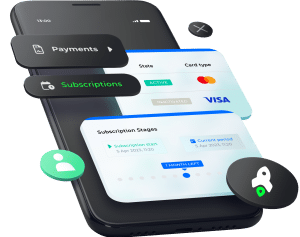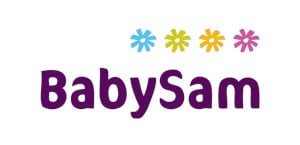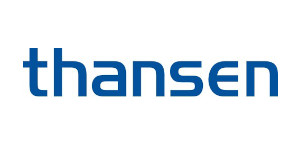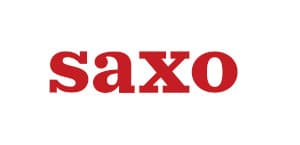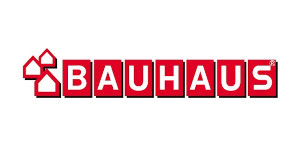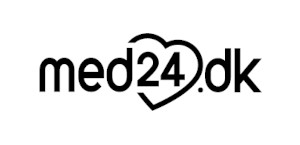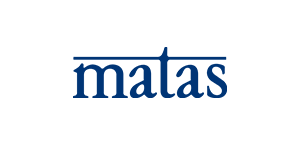Token explained
Takeaways
With a token replacing critical card data, you will get, not only the benefit of reducing time spent in support or on getting the updated card information from your customers, but you will also get:
- On average 3% better retention*
- 26% less fraud*
- A new service and function
You can get the benefit of the token, that is already supported by both Visa and Mastercard and is already available in our solution.
Understand, why this is a game changer in your online business.
Get the full insight and understanding of what token is
What are Tokens?
Tokens are a concept that is not new in itself, neither in its basic conceptualization nor in the tokenization process. When a payment solution is requested to store a customer’s payment card information, for example, for use in subscription relationships, the card undergoes a tokenization process. This involves the payment solution taking the customer’s card details and storing them internally in its own database. At a later time, a token can be used as a reference when transactions are performed with that particular card.
Essentially, this token is simply a card reference, an identifier, a ticket ID – it’s called different things – but it functions as a reference that requires responsible storage. This differs from the raw form of card information, which should not be stored by you as a user but is permitted to be stored by the payment solution since they are authorized for this purpose. The “new” aspect of tokens is that not only the payment solution but also major card networks like Visa and Mastercard now participate in tokenizing the cards that the payment solution stores.
Why Were Tokens Introduced?
Tokens are an initiative from EMVCo, a consortium of card networks, and were primarily introduced with the aim of enhancing security. Just as the payment solution increases security by storing card information internally instead of requiring your business to store them and maintain a high security standard, the major card networks are now introducing tokens to reduce the amount of card information disseminated to many actors globally. This reduces the risk of issues that can occur with one of these actors, as the process is now more centralized.
Can You Explain the Tokenization Process?
Let’s start with the conventional process of storing payment card information. You have your e-commerce platform, website, or app where your customer wants to subscribe to, for example, a subscription. The customer navigates to the payment window owned by your payment solution. Here, the customer enters the raw card details. The payment solution then sends these details to your acquirer, who forwards them to the card network and then to the bank that issued the customer’s card. If everything goes smoothly, the payment solution securely stores the card information.
With the introduction of tokens, this process changes. The process remains unchanged until the payment solution has collected the raw card details and needs to pass them on. Instead of sending them to the acquirer, the payment solution now sends the card details directly to the card network and receives a token in response, which is then stored by the payment solution. The payment solution can now take this token and send it to the acquirer, and from there, the process proceeds as before.
How Are Tokens Related to Automatic Card Updating?
Automatic card updating is one of the benefits of allowing the card network to store the raw card information. Since the card network is now responsible for keeping track of the customer’s card, they can update the card information every time the customer’s card is replaced with a new one. This is because the card network has continuous communication with the banks. The token that your payment solution received when it requested the card network to store the card remains unchanged. As a result, your payment solution can still use this token to make payments while the card network ensures the use of updated card information.
What Are the Benefits of Automatic Card Updating?
Automatic card updating is a strategy to reduce customer churn. All subscription-based businesses have experienced lost customers due to expired cards, leading to canceled subscriptions because the payment solution cannot process withdrawals. There are also dormant subscribers who risk forgetting to update their card details, allowing them to opt out of updating the card details or simply cancel the subscription. Now, instead, you can let them remain “dormant.” For customers, this is a significant benefit as they no longer need to update their card information on all the platforms they are linked to. This now happens automatically.
How Do I Get Started with Tokens?
It’s also worth investigating whether your existing cards have already been tokenized, as you likely have many existing customers who can also benefit from automatic card updating. It’s important to note that as a merchant, you will incur fees for the updates. Nevertheless, when comparing the costs of these updates to the loss of customers, the effort of retaining customers, and customer support related to card updates, you will likely realize that automatic card updating is a well-considered investment.
To get started with Tokens, you should first confirm that your existing payment solution supports this functionality, and if not, consider switching to one that does. This will allow you to take advantage of the increased security and convenience that tokens offer, as well as reduce customer churn through automatic card updating.
Grow your business with easy payments
No matter which type or size of business, we can help. By offering a proven and tailored solution, we can meet almost any requirement.
“My expertise spans a diverse spectrum of companies, ranging from industry giants like Deutsche Bahn to niche markets like dog food subscriptions. I understand that the European market is distinctive, necessitating specialized payment methods and strategies. That’s why my approach always begins with a thorough exploration of concepts and consumer habits, ensuring a tailor-made strategy before embarking on our conquest of the market.”
Grow with us. We are here to support you.

Jeanette Ravnbak
Senior Sales Executive
tel:+4589878581
ree-sales@billwerk.com
*This information is supported by Visa:
E-commerce Losses to Online Payment Fraud to Exceed $25 Billion Annually by 2024, Juniper Research, March 2020
CNP & CP Average is for a set of Token participating Merchants (by Merchant DBA) (PAN & Token) with digital wallet
TRs, Issuer region: US, Visa Token transactions compared to PAN-based transactions online, April-June 2018
Visa global card does not present transactions for token vs non-tokenized credentials, VisaNet, May-July 2020




